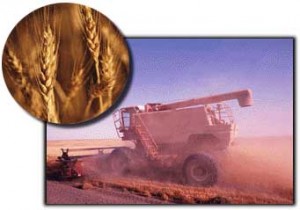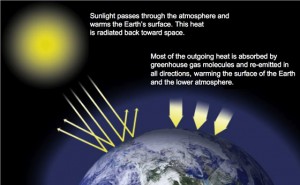Climate Change Effects or How It Affects You
Whether you realize it or not climate change has affected you!
While you may not feel like things have changed climate change evidence is all around and so are the effects of it.
While this article won’t examine the causes of climate change it will help you to see that evidence of climate change is all around.
- Ice is melting all over our globe and fast (relatively). This includes not only ice at the North & South poles but also glacial ice found in mountainous areas.
- Sea levels have risen and continue to rise more quickly.
- Plant & animal species have suffered and / or are having to migrate due to unfavorable climate for their specific species.
- Rainfall (and snowfall) has increased on average globally with more rain happening in areas that typically get a lot of rain.
- Hurricanes & Typhoons have increased and will increase in strength if not in number.
- The temperature has risen approximately 1 degree Fahrenheit on average globally.
While the effects may not seem so much of a big deal and this is not some doom and gloom Armageddon message it is cause for much concern.
 The delicate balance in areas that we live, work, and the areas that provide the raw materials that we consume (plant based matter for everything from food & clothing to building materials) is being affected and these resources can be impacted negatively.
The delicate balance in areas that we live, work, and the areas that provide the raw materials that we consume (plant based matter for everything from food & clothing to building materials) is being affected and these resources can be impacted negatively.
An example might be the spruce bark beetles that have infested so much of Alaska’s Spruce that it has been called an outbreak by Alaska’s Division of Forestry.
On the dangers to food production the US EPA has this to say:
“Agriculture is highly sensitive to climate variability and weather extremes, such as droughts, floods and severe storms. The forces that shape our climate are also critical to farm productivity. Human activity has already changed atmospheric characteristics such as temperature, rainfall, levels of carbon dioxide (CO2) and ground level ozone. The scientific community expects such trends to continue. While food production may benefit from a warmer climate, the increased potential for droughts, floods and heat waves will pose challenges for farmers. Additionally, the enduring changes in climate, water supply and soil moisture could make it less feasible to continue crop production in certain regions.” (bold – ours)
Although this is not expected to affect most areas that produce food in the US in a negative way, many areas in developing natures will likely suffer and some indications of these effects have already been seen in certain regions.
For regions that are negatively impacted this can cause price increases for the crops effected with obvious ramifications for those most in need of these resources.
One of the other evidences of that change mentioned earlier was the rising sea levels which has caused significant troubles in many areas to coastal areas as can be seen in the below video.
In one way or another the effects of climate change is becoming more noticeable to every area of the globe and the increasing awareness of these issues should drive us to make a change.
Do your part in the effort to reverse the negative factors that are influencing the change in our Earth’s climate and use the “Universal Climate Logo” In your communications.

